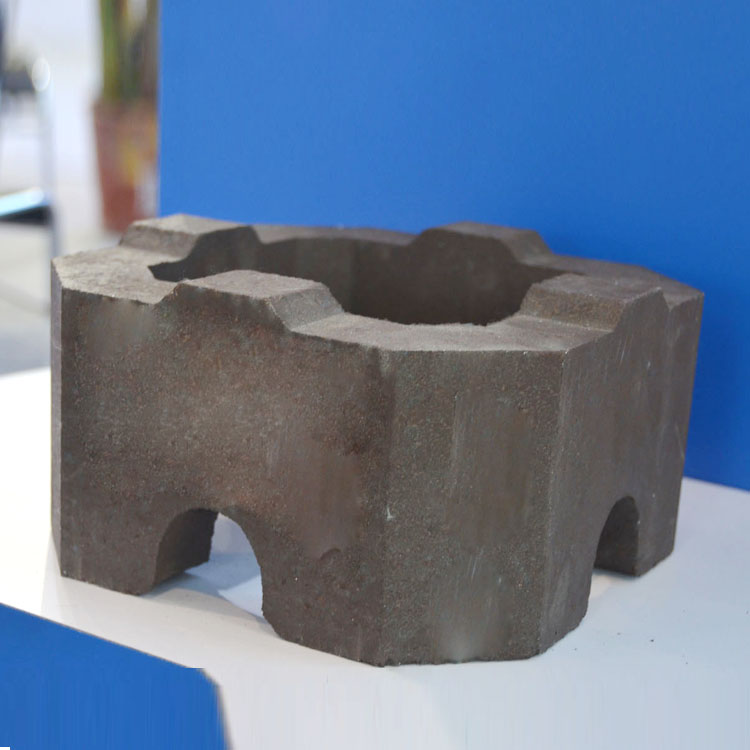
In industrial production, high-temperature kilns play a crucial role. However, they are often confronted with a multitude of challenges, such as high temperatures and chemical erosion. This article aims to decode magnesite bricks, an ideal refractory material for high-temperature kilns, by elaborating on their excellent properties, presenting real - world application cases, comparing them with other refractory materials, and guiding readers to understand and select magnesite brick products.
Magnesite bricks possess several outstanding characteristics. Firstly, they have excellent alkaline slag resistance. The main component of magnesite bricks is magnesium oxide (MgO), which can react with acidic slag components to form a stable protective layer, effectively preventing slag penetration and corrosion. For example, in a high - temperature environment above 1500°C, magnesite bricks can maintain their structural integrity when in contact with acidic slag for an extended period.
Secondly, magnesite bricks have a high refractoriness. The melting point of pure magnesium oxide is as high as 2800°C. In practical applications, magnesite bricks can generally withstand temperatures up to 1700 - 2000°C, making them suitable for use in extremely high - temperature environments.
In addition, magnesite bricks also have good thermal stability. They can resist rapid temperature changes without significant cracking or spalling. Tests have shown that magnesite bricks can withstand temperature fluctuations of up to 100 - 150°C per minute without being damaged.

Magnesite bricks are widely used in high - temperature kilns, especially in the regenerators of glass kilns. Before using magnesite bricks, the regenerators of glass kilns often faced problems such as rapid corrosion of refractory materials, short service life, and frequent shutdowns for maintenance. After replacing with magnesite bricks, the service life of the regenerators has been significantly extended. For instance, in a certain glass factory, the original refractory materials in the regenerator needed to be replaced every 2 - 3 years. After using magnesite bricks, the replacement cycle has been extended to 5 - 7 years, greatly improving production efficiency and reducing production costs.
.jpg)
When compared with other common refractory materials, magnesite bricks have obvious advantages. In terms of performance, compared with clay bricks, magnesite bricks have higher refractoriness and better slag resistance. Clay bricks generally have a refractoriness of about 1300 - 1500°C, while magnesite bricks can withstand much higher temperatures.
In terms of cost - effectiveness, although the initial purchase cost of magnesite bricks may be slightly higher than some ordinary refractory materials, their long service life and excellent performance can significantly reduce the overall cost of use. For example, in a long - term production process, the cost of using magnesite bricks may be only 60 - 70% of using some other refractory materials due to the reduced frequency of replacement and maintenance.
.jpg)
In conclusion, magnesite bricks are an ideal choice for high - temperature kilns due to their excellent alkaline slag resistance, high refractoriness, good thermal stability, and cost - effectiveness. Whether you are operating a glass kiln, a steelmaking furnace, or other high - temperature industrial equipment, magnesite bricks can provide reliable protection and improve the efficiency and service life of your equipment.
If you are interested in our magnesite brick products and want to learn more about their features, applications, and technical specifications, please feel free to contact us. You can email us at [email address] or visit our website [website URL] to view more detailed information. Our professional team is ready to provide you with comprehensive consulting services and help you make the best choice for your high - temperature kilns.

